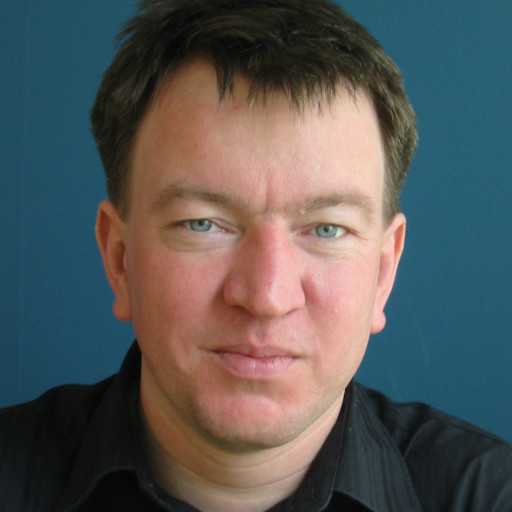Nabuur has been pioneering online volunteering since 2001, and is currently redesigning their organisation: how to put "web 2.0" into the DNA of everything that’s happening? And how to engineer that, rather than try and hope it works?

So I spent the day with Nabuur team members, who invited René Jansen to facilitate drilling down to the core of their activities. René is one of the authors of "The Realm of Sociality: Notes on the design of social software", a paper which won the Best Paper Award 2007 at the “International Conference on Information Systems” in Montreal, last December, and (to me, at least) introduces the concept of "sociality" as the centre of the design process.
The model uses theories of "Practice", "Identity", "Social Structure" and "Situated Experience" to define four realms of design areas to focus on. I’ve just downloaded the paper to read a more indepth explanation (and be able to explain it myself). It was a good framework to guide the discussions to a few crucial dilemmas and hard choices.
What Nabuur does
Nabuur offers opportunities to volunteer for villages and communities in developing countries: a local representative describes a project that would help improve circumstances for people in his or her community, and people anywhere on the world can contribute research, knowledge, connections, and organise resources from behind their computers. It works, and leads to wonderful results. But Nabuur needs to, and definitely wants to grow far beyond the 150 villages and 10,000 volunteers it has.
The focus used to be on the villages themselves. Last year I was already involved in a redesign that would speak more to the various personas that would use the site. The resulting website was orientated first towards "doing a task" and getting more results from the efforts of volunteers (basically focusing on Dave, a persona who wanted concrete tasks and outcomes).
But the reaction of existing neighbours was mostly negative: they felt the site was broken and "stolen" from them, and needed to be fixed (ASAP please). Incrementally improving the interface for other personas was stalled, and the team reflected on the question "what went wrong?".
A new approach

In terms of the model of René and his colleagues, the heart of the sociality around which the design revolved was shifting from village to project, and now maybe moving to the local representative or to the experience of contributing to improvement in people’s lives. A choice had to be made, and the way to do it was by determining the core social practice of Nabuur.
A social practice is "a way people do something together" (the paper probably has a real definition), and we identified and discussed four candidates:
- Bringing supply and demand together: a marketplace of people with skills and time, and villages with work to be done.
- Achieving something together: a project bank where people work in a team to deliver results.
- Helping neighbours: a community where people help to address acute needs of each other.
- Sharing stories: experiencing a trajectory together, and telling stories about it to each other and others.
Listening to the neighbours, who experienced a gap between "them in the office", and "us who do the work", the Nabuur team wants to focus on a truly social approach, positioning themselves and the whole Nabuur development among the neighbours as well. And the practice that is furthest from sterile transactions, and leads to the warmest social ties is sharing stories (around the work in villages and communities, of course, but also around Nabuur as a whole.)
"Writing our experience together"
The practice of "writing our experience together" can encapsulate actual projects being completed and results being delivered, but puts celebrating those achievements on the foreground (right now, the successes are still mainly hidden gems). It will lead to some difficult choices and self-restraint in reviewing the functional specifications: let’s really not build a knowledge repository or community of practice, but really first try to connect with existing initiatives. Only if it doesn’t exist anywhere on the ‘net, yet is crucial to work being done, and maybe even then on a site separate from the Nabuur.com site.
I’m pleased with the outcome: it aligns with many take-aways from NetSquared in May last year, and it opens many ways to improve engagement of the neighbours, and also exposed a lot more of the groundbreaking changes in how international development is done here. And looking forward to working with James and Pelle to translate this into a new site!
